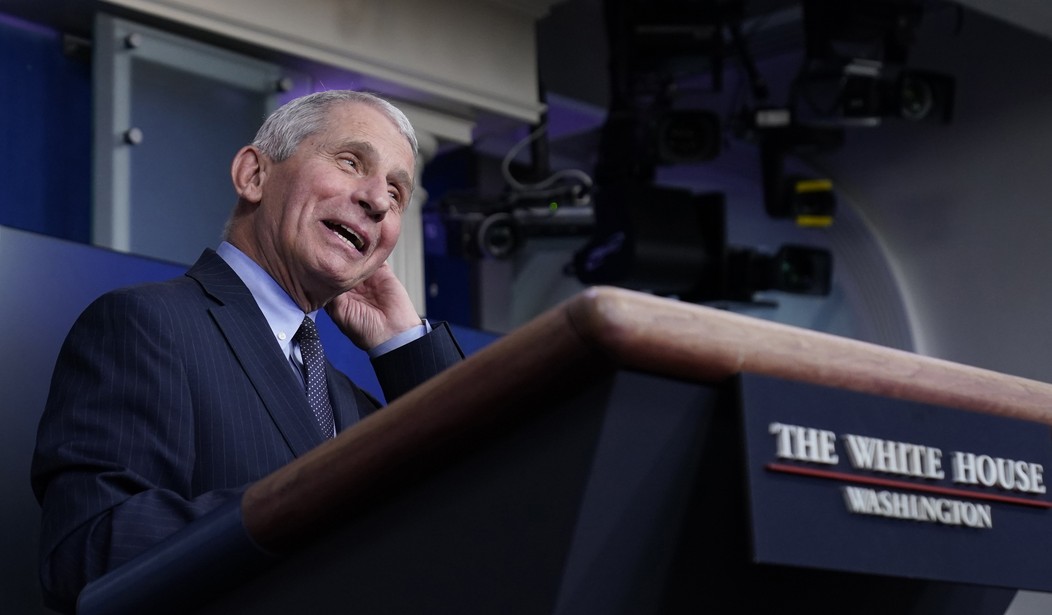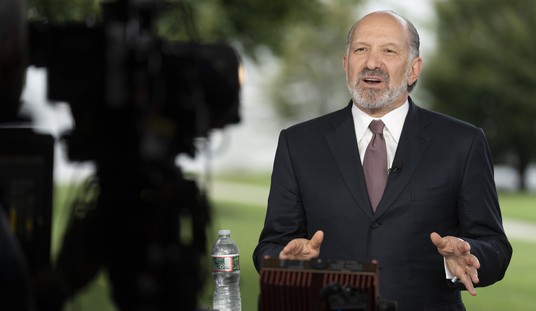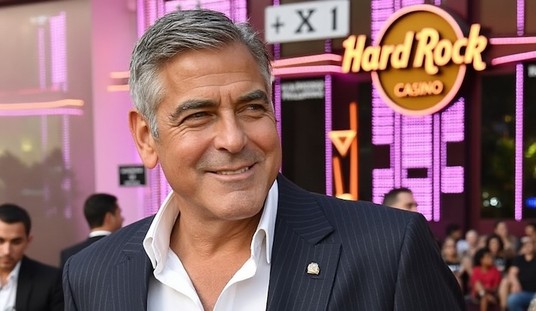The WHO declared the coronavirus a pandemic exactly one year old on March 11, which seems like several lifetimes ago. How many lives were lost will be debated for decades to come as arguments rage about who died as a direct result of COVID and who didn’t. I daresay the number will be staggering no matter what they find.
Did it have to be this bad? Did it have to be this traumatic? Jim Geraghty of NRO has some thoughts on that.
I try not to push the “The national mainstream media does a terrible job and gets far too many things wrong” button too often, but it is hard to overstate just how important it was, during this national crisis and particularly in its earliest moments, to present accurate information clearly. If there was ever a time to put aside the hot takes, knee-jerk narratives, partisan axes to grind, instinctive spin, and rock-em-sock-em-robot dueling-pundit habits and just tell people what they need to know, this was it.
I will note that as the pandemic is now winding down, there has been zero effort from the media to self-examine their role in creating the hysteria leading to lockdowns that a growing body of evidence has found were largely unnecessary, costing 20 million Americans their jobs and damaging the economy for perhaps as long as the next decade.
The press doesn’t do introspection and resists all efforts to force its hand in that regard. Perhaps they should examine some of their articles and news stories from a year ago to get a flavor of just how awful a job they did.
Geraghty has compiled some examples.
January 23, 2020, Vox: “The evidence on travel bans for diseases like coronavirus is clear: They don’t work.”
January 26, 2020, Vox: “There are now five confirmed US coronavirus cases. Experts say it’s no cause for alarm.”
January 28, 2020, BuzzFeed: “Don’t Worry About the Coronavirus. Worry About the Flu.”
As an aside, the number of seasonal flu cases plummeted.
February 5, 2020, the New York Times: “Who Says It’s Not Safe to Travel to China?”
February 7, 2020, Time magazine: “‘It’s just amazing how quickly word about this [coronavirus] has spread, the intensity of the coverage,’ says Steven Miller, a professor at the Rutgers School of Journalism and Media Studies. ‘It seems to me that the coronavirus is being covered in more sensationalistic terms than Ebola in 2018.’”
Dear Dr. Fauci: Call your office.
February 29, 2020, Forbes magazine: “No, You DO NOT Need Face Masks For Coronavirus—They Might Increase Your Infection Risk.”
March 4, 2020, Time magazine: “Health Experts Are Telling Healthy People Not to Wear Face Masks for Coronavirus. So Why Are So Many Doing It?”
Dr. Fauci was a primary driver of the hysteria in coverage. But from his point of view, he was only relaying the best science known at the time. And perhaps more than media hyperbole and exaggeration — done, at least in part, to embarrass Donald Trump — that was the chief culprit.
Science, as we learned in about the 4th grade, is a process. It’s a process of trial and error. It doesn’t matter if you’re studying the mating habits of the fruit fly or trying to come up with answers about a deadly pandemic. The best answer is always what’s known at the time the question is asked.
Fauci was trapped. He is a public health official charged with relaying life-saving information to the public. I don’t recall him ever saying “We don’t know” or “That answer still eludes us.” If he did, he didn’t say it often enough. Perhaps he was blinded by the glare of celebrity. The fact is, he would have been better off keeping his mouth shut on enormous questions like ‘should there be a lockdown?’ or ‘should I wear a mask?’
“Best evidence available” is not certitude. And it’s a legitimate question to ask: should policymakers have risked trillions of dollars and millions of jobs on what amounted to guesswork?










Join the conversation as a VIP Member